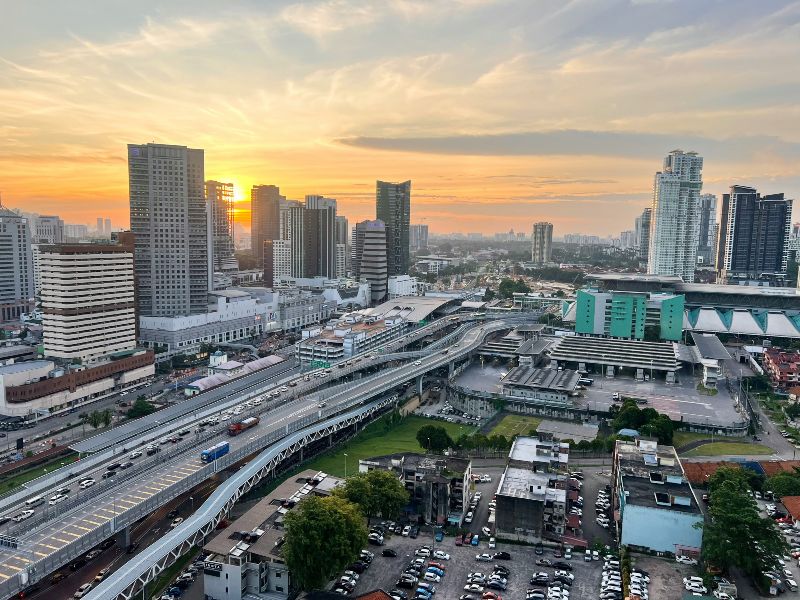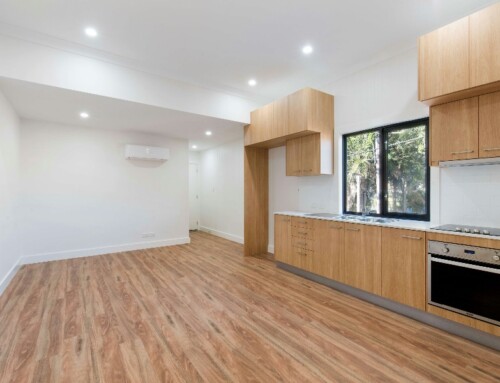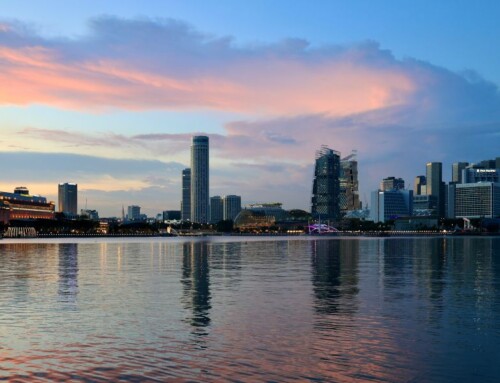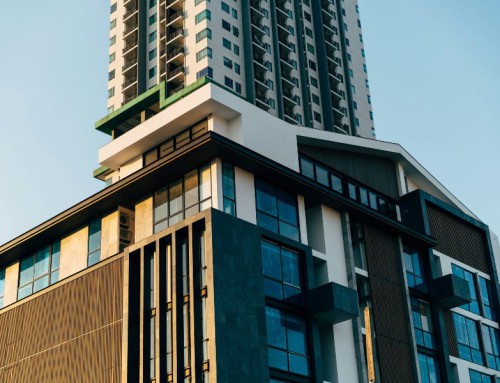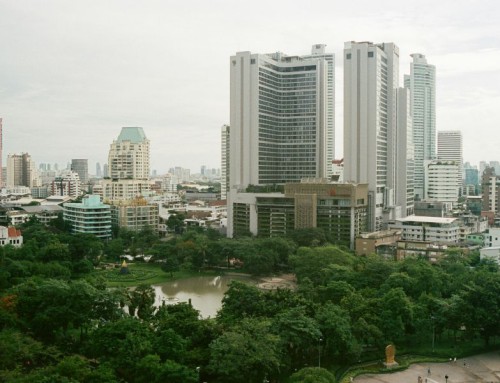Yesterday I watched a ChannelNewsAsia clip stating that certain analysts made a statement that “Commercial rents in Woodlands must stay competitive or lose out to Johor“.
It was posted on the 23rd of October at 11:21 pm on CNA’s website.

My displeasure with this statement is two-fold.
My first gripe is that this comes less than a week after Norwood Grand sold 84% of its units at an average per square foot price of SGD$2,067 at its launch. Why did these analysts not make this comment before the launch? Did this analysis come to mind within the last week?
My next gripe is that the statement assumes that the commercial property market is disconnected from the residential market. Is it not the case that the property market moves in general tandem? The investment landscape in Singapore is very limited. Our stock market, the SGX, provides little promise for strong returns. It is a bourse for traditional blue chip stocks with little to no IPOs on the mainboard (I believe there was only one IPO this year). So then Singaporeans and Singapore residents typically overweight property in their investment portfolio. Our property market is not always driven by fundamentals but in many instances, investors are flocking in for fear of missing out. The notion of “better buy now if not prices will be more expensive in the future” is very prevalent. Gone are the days when property buyers buy a property because the property fits their needs. Instead, property purchases are driven by the thinking that one can make a handsome profit in the future. Property agents, property agencies and developers know this. When a commercial property is mooted to a property buyer, it will always be “This is a good investment because you can get [a certain] yield” and “You can sell it off at a certain profit in the future”. Usually, the reasons are because of location, transportation, and growth plans from the government, namely the Urban Redevelopment Authority (URA). And almost all of these factors for growth and prospects are similar to if a residential property was the point of contention. So my question is, if the reasons for why you would buy a commercial property and residential property in the same area, say Woodlands, are similar, why pass the comment that commercial properties in Woodlands have to remain competitive to deal with competition from Johor but then nothing is said about residential properties in the same area?
Sounds contradictory? Well, it is contradictory. The basis for you making the statement that Johor commercial rents are low and hence commercial rents in Woodlands need to be commensurate such rents should apply to residential properties. One group of individuals who should have knowledge of this statement before they make the purchase would be the buyers of Norwood Grand.
My stand is this: We do not know what the future holds. Properties in Woodlands may eventually accelerate and the average per square foot price of Norwood Grand may eventually rise significantly above the average per square foot launch price of SGD$2,067. Buyers would be able to make healthy profits even after deducting interest costs, stamp duties and agent fees. However, for analysts to comment in such a manner where their position on the investment potential of properties in Woodlands shifts over the course of a few weeks or possibly even days is really strange. If businesses can choose to move to Johor if rents are cheaper, so can workers. In fact, shifting a worker from a residential property in Woodlands to Johor is much simpler than shifting an office, factory or warehouse from Woodlands to Johor. Imagine the impact it would have on all staff, suppliers, vendors and clients. The company will also have to deal with a new regulatory environment and also trade in a different currency. Remember this, we are always focusing on the ease of connectivity between the two countries to validate our decision to invest in places like Woodlands and Jurong. People move bilaterally. Easy connectivity does not mean solely that people from Malaysia will find it easier to come to Singapore to work. It can also mean that people in Singapore will find it easier to enter Malaysia to work.
My question to these analysts: So which is easier? For a company to shift its operations from Woodlands to Johor or for a worker living in Woodlands to shift his residence from Woodlands to Johor? Especially if that worker is a Malaysian.
Let us now consider whether such a statement is in line with what has constantly been reported.
There are HDB flats in Woodlands being sold for over a million dollars.
Now the question is whether we can segregate HDB price increases from the private residential market. My answer to this question is that the HDB and private residential market should be moving very much in tandem. Since the introduction of the draconian additional buyers’ stamp duties (ABSD) on foreigners, the number of foreigners purchasing private residential properties has slowed to a trickle. It is essentially non-existent. As for HDB flats, it is for Singaporeans and Singapore PR couples. Therefore, the group of people purchasing HDB flats and private residential properties are essentially the same. If HDB flat prices are rising, private residential prices should be rising correspondingly.
Now if commercial property prices move in tandem, or at least track to a large degree, private property prices, then would commercial property prices not be on an uptrend as well? Why then the sudden warning that commercial property rents need to be competitive to match those in Johor?
I just think that such a comment is uncalled for and if there is a basis for such a comment, that basis should similarly apply to residential properties. If so, then would property prices in Woodlands be overpriced? SGD$2,067 per square foot for a 99-year leasehold condominium? Just for discussion’s sake, an SGD$2 million loan at 3% interest for 20 years would come up to a monthly repayment of SGD$11,092 per month. How much are individuals paying for their mortgages or rents across the causeway?
Here is an article from ChannelNewsAsia: https://www.channelnewsasia.com/today/big-read/johor-property-market-remains-hot-singapore-buyers-have-their-work-cut-out-making-right-investment-big-read-4363096
So does it still make sense?
Yours sincerely,
Daryl
